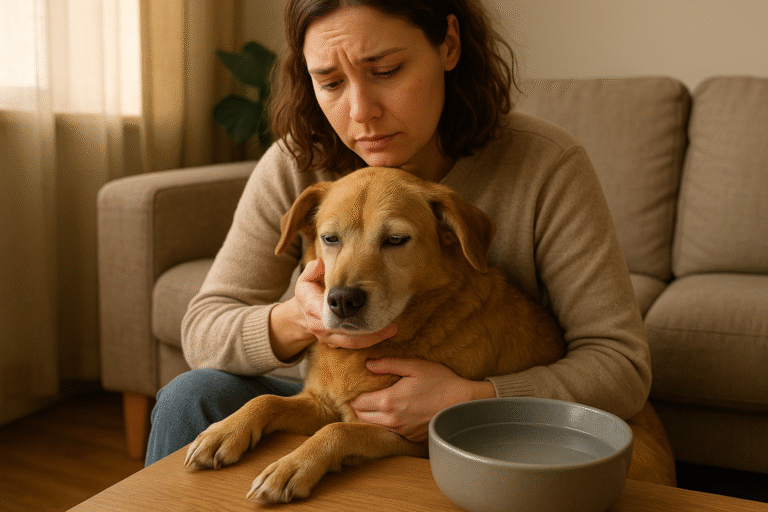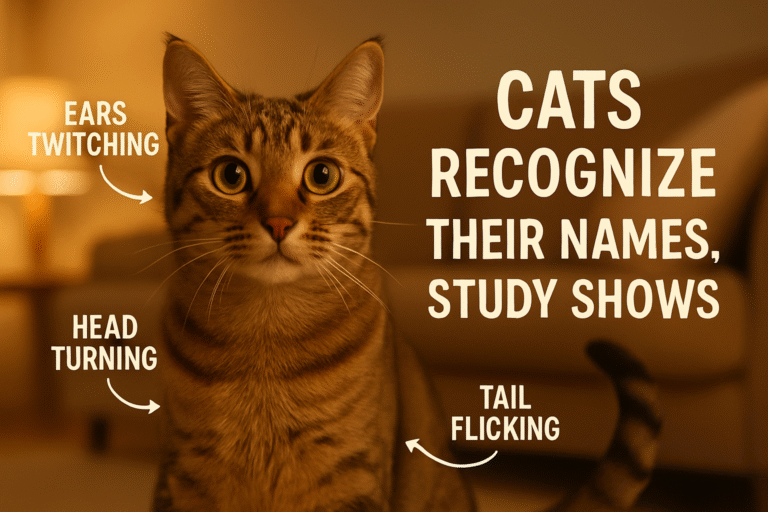Explore effective techniques for managing cat anxiety. Learn how to reduce feline stress and improve cat behavior and pet anxiety for a calmer household.
Table of Contents
ToggleWhat is Cat Anxiety?
Cat anxiety is a behavioral and emotional response to perceived threats or stressors. It may manifest as short-term distress or develop into chronic anxiety if left unchecked. Pet anxiety in cats can negatively affect both behavior and physical health. While some stress is situational and temporary, chronic feline stress can become debilitating over time.
The Psychology Behind Feline Stress
To understand cat behavior, one must first understand their psychology. Cats are territorial creatures with a strong preference for routine and predictability. They rely heavily on scent, environment, and consistency to feel safe. Disruptions in these aspects can lead to heightened levels of stress and anxiety.
From a psychological standpoint, anxious behavior in cats often stems from their instinctual need for control over their environment. When unpredictability is introduced—be it a new pet, a loud noise, or an unfamiliar visitor—the cat’s coping mechanisms are triggered.
Causes of Cat Anxiety
Several environmental and physiological factors can lead to anxiety in cats. Understanding the root causes is key to choosing the right approach for relief.
1. Environmental Changes
- Moving to a new home
- Renovations or interior changes
- New people or animals in the household
Cats can become overwhelmed by these changes, especially when introduced abruptly.
2. Noise and Sensory Overload
- Fireworks, thunderstorms, and vacuum cleaners are common stressors.
- High-frequency sounds undetectable by humans may distress cats.
3. Separation and Loneliness
Some cats develop separation anxiety, especially when owners are away for long hours. This type of pet anxiety is more common in indoor cats with limited social interaction.
4. Lack of Stimulation
Without adequate mental and physical stimulation, cats can develop stress-induced behaviors, such as over-grooming or destructive scratching.
5. Health Conditions
Chronic pain, urinary tract infections, or hormonal imbalances may mimic or worsen feline stress. Always consult a vet if behavioral changes are sudden.
6. Traumatic Experiences
Past abuse, abandonment, or early weaning can leave lasting emotional scars that manifest as anxiety.
Recognizing the Signs of Cat Anxiety
Early recognition of cat anxiety allows for timely intervention. Look for the following symptoms of feline stress:
- Excessive grooming leading to bald spots
- Frequent hiding or avoidance behavior
- Urinating outside the litter box
- Pacing or restlessness
- Decreased appetite or sudden weight loss
- Aggression toward people or other pets
- Dilated pupils or flattened ears
- Unusual vocalization, especially during nighttime
The Link Between Cat Behavior and Pet Anxiety
Understanding the relationship between observable behaviors and emotional well-being is critical. Cats don’t vocalize stress as humans do; instead, their anxiety is expressed through behavior. Identifying these cues and interpreting them correctly improves your response strategy.
A change in cat behavior, no matter how small, should not be ignored. Behavioral clues often provide the earliest indicators of psychological distress.
Strategies for Managing Cat Anxiety
Addressing cat anxiety effectively involves both behavioral techniques and environmental management. Below are several actionable strategies.
1. Establish a Safe Space
Designate a quiet, secure area in your home for your cat to retreat. Furnish this space with familiar items like their bed, scratching post, and toys. A sanctuary where they feel safe can lower feline stress levels considerably.
2. Stick to a Routine
Cats thrive on predictability. Try to keep feeding times, play sessions, and bedtime consistent. The stability provides reassurance and helps reduce pet anxiety.
3. Gradual Desensitization
If your cat is afraid of specific stimuli (like the vacuum cleaner), gradual exposure over time can help. Begin by introducing the stimulus at a distance and increase exposure gradually as the cat shows comfort.
4. Use Calming Aids
Commercially available pheromone diffusers (such as Feliway) emit calming scents that can reduce stress. These mimic natural facial pheromones and are especially useful during environmental changes.
5. Interactive Toys and Enrichment
Providing mental stimulation through toys, treat puzzles, and climbing structures can reduce stress-induced behaviors. Play sessions can redirect anxious energy into constructive activities.
6. Proper Nutrition
Poor diet contributes to mood swings and behavioral issues. Ensure your pet receives balanced nutrition tailored to feline needs. Nutrients like tryptophan and omega-3 fatty acids help in reducing anxiety.
7. Socialization and Bonding
Spend quality time with your cat daily. Gentle petting, brushing, or simply sitting together builds trust. If your cat is shy or newly adopted, take it slow and let them approach you.
8. Behavioral Training
Techniques such as clicker training can reinforce positive behaviors. Consistent, reward-based training sessions can reduce the frequency of anxiety-driven habits.
9. Vet Consultation
Persistent cat anxiety may require professional intervention. Veterinarians can diagnose underlying medical causes and may prescribe anti-anxiety medication or refer you to a feline behaviorist.
Long-Term Preventative Measures
Even if your cat currently shows no signs of stress, proactive measures can prevent future anxiety.
Regular Health Checkups
Routine vet visits help identify potential health problems before they impact behavior.
Early Socialization
Introducing kittens to different sounds, people, and environments during the early months fosters emotional resilience.
Minimize Stressors
Avoid sudden changes in the home. Introduce new pets, visitors, or objects gradually.
Provide Vertical Space
Cats feel safer when they can observe their environment from a height. Cat trees and shelves offer vertical refuge.
Avoid Punishment
Never punish a cat for anxious behavior. It will worsen their stress and damage the bond between you.
Complementary Therapies for Cat Anxiety
Some alternative therapies have shown promise in alleviating feline stress.
- Herbal Supplements: Ingredients like valerian root and chamomile can provide mild sedative effects.
- CBD Oil: Though research is ongoing, some anecdotal evidence suggests that pet-safe CBD can help with anxiety.
- Music Therapy: Calming music or white noise machines can create a soothing atmosphere.
- Massage Therapy: Gentle petting or massage helps to calm nerves and strengthen the human-animal bond.
When to Seek Professional Help
If your cat’s anxiety worsens or leads to self-harm, consult a professional immediately. Veterinary behaviorists specialize in diagnosing and treating emotional disorders in animals.
Signs that professional help is needed include:
- Persistent aggression
- Excessive self-mutilation or fur loss
- Complete withdrawal or refusal to eat
- Ongoing destruction of household property
Conclusion
Managing cat anxiety involves a multifaceted approach that includes awareness, compassion, consistency, and proper care. By understanding cat behavior, identifying sources of feline stress, and applying well-rounded strategies, pet owners can create a safe and nurturing environment. Reduced pet anxiety doesn’t just improve your cat’s life—it also enhances the harmony within your home.
Remember, every cat is unique. What works for one might not work for another. Stay observant, flexible, and, above all, patient. Over time, with the right techniques, even the most anxious feline can become a calm and content companion.
Recent Posts









Related Topics
Copyright © 2025 The Pet Blog – Expert Tips, Care Guides & Fun Facts for Every Pet Lover.

